Deck & Commander Strategies
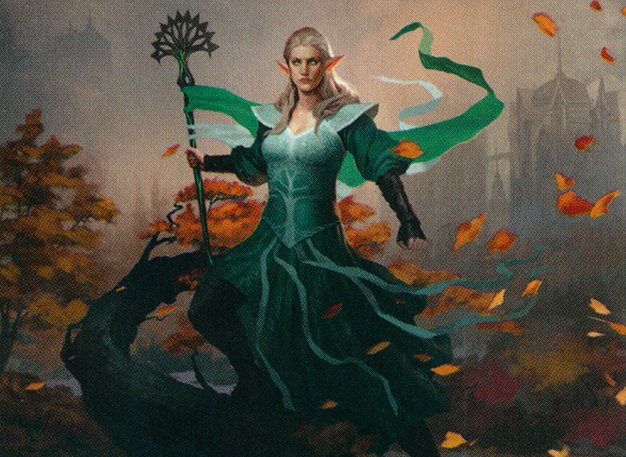
Emmara, Soul of the Accord
Create numerous 1/1 Soldier tokens and use anthem effects to grow them, aiming for a wide board presence and overwhelming opponents with multiple creatures.
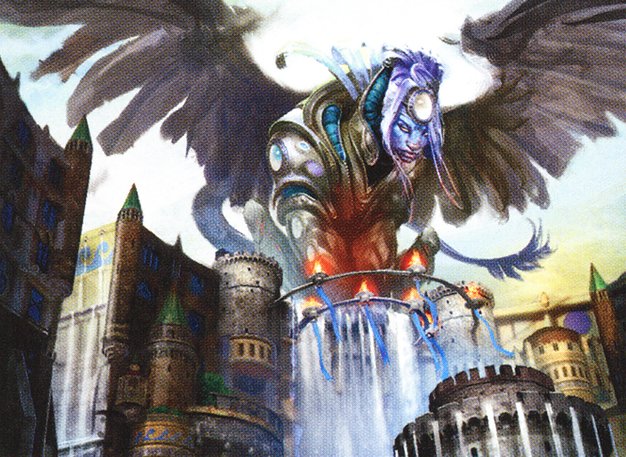
Isperia, Supreme Judge
Build a flyer-centric deck that draws cards and controls the board, leveraging flying creatures and card advantage to outvalue opponents.

Atarka, World Render
Ramp aggressively to cast big Dragons with double strike, using combat tricks and powerful creatures to deal massive damage and close out the game quickly.

Kardur, Doomscourge
Use goading to force opponents’ creatures to attack others and drain life, creating chaos and slowly chipping away at opponents’ life totals.
Gameplay Insights
- 1
Kardur’s goad ability significantly influenced combat decisions, forcing players to attack unwanted targets and shaping the flow of damage.
- 2
Atarka’s commander casting with reduced cost and the subsequent use of Primal Might to trigger a fight were key turning points that shifted pressure onto opponents.
- 3
Emmara’s token generation combined with anthem effects allowed for a growing board state that threatened to overwhelm if left unchecked.
- 4
Isperia’s flyer and card draw engine kept the deck resilient, allowing continuous replenishment of threats and answers.
- 5
Players negotiated politically, choosing attack targets carefully in response to Kardur’s forced attacks, demonstrating the importance of social dynamics in Commander games.
Notable Cards
-
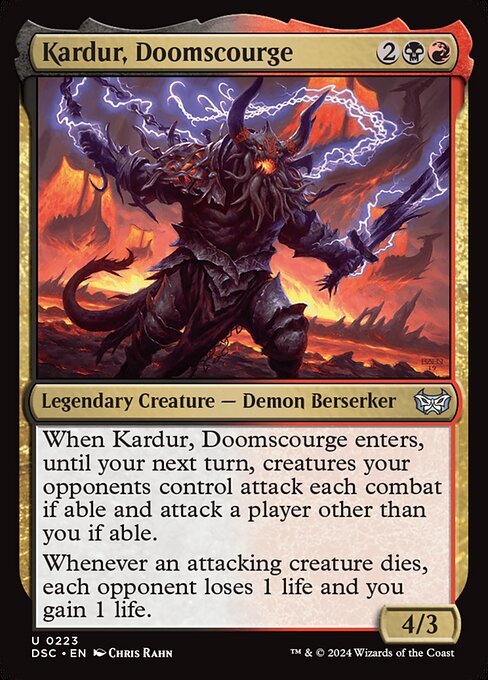
Kardur, Doomscourge
-

Atarka, World Render
-

Emmara, Soul of the Accord
-

Isperia, Supreme Judge
-
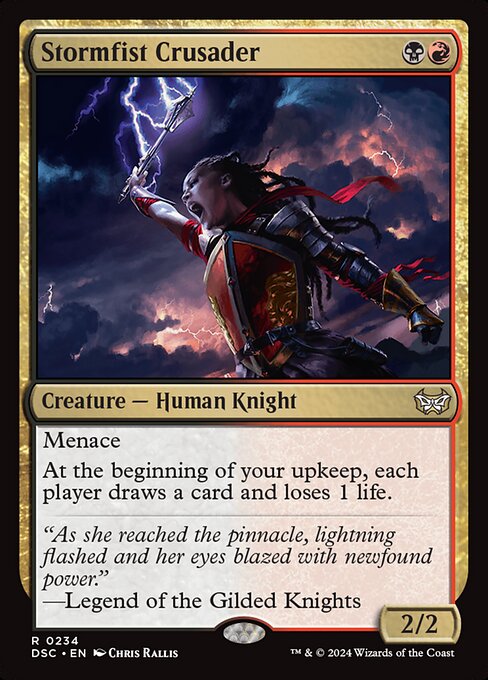
Stormfist Crusader
-
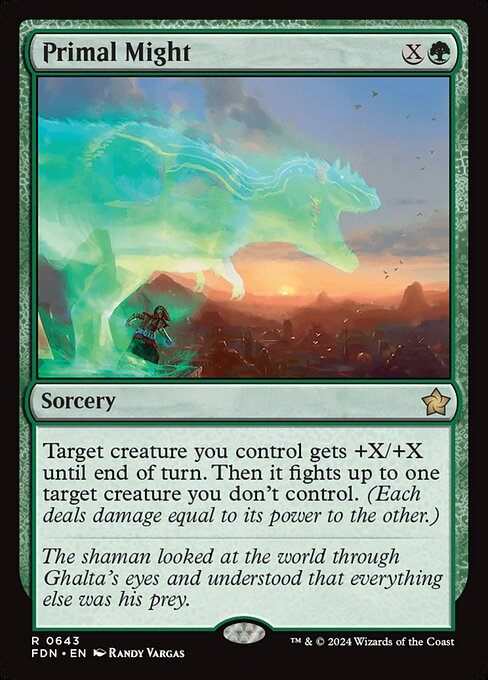
Primal Might
-
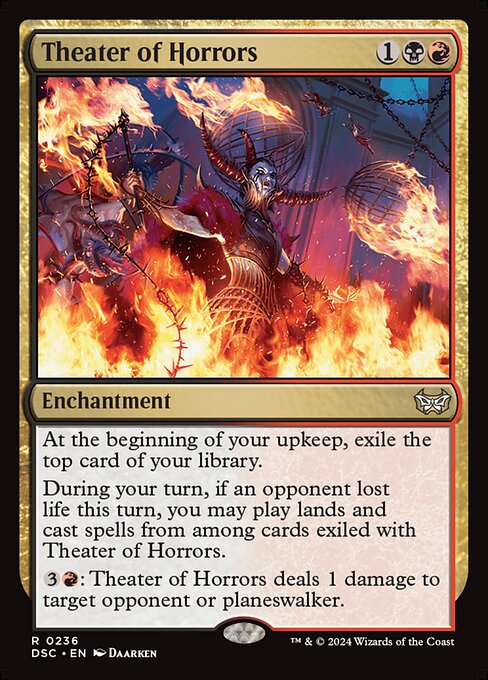
Theater of Horrors
-

Cartographer's Hawk
Gameplay Summary
The game began with each player developing their board and ramping mana in typical fashion for a multiplayer Commander setting.
Early turns featured utility creatures and token generators, setting up each deck's main strategy.
Kardur, Doomscourge, used its goad ability to disrupt opponents by forcing their creatures to attack others, creating chaotic combat dynamics.
Meanwhile, Atarka, World Render focused on ramping quickly into powerful Dragons with double strike, aiming to overwhelm through aggressive, high-impact creatures.
Isperia, Supreme Judge developed a flyer-heavy board state while drawing cards to maintain a steady stream of threats and answers.
Emmara, Soul of the Accord focused on wide board presence by creating multiple tokens and enhancing them with anthem effects, trying to establish board dominance through numbers. A pivotal moment occurred when Atarka successfully cast its commander with reduced cost and used Primal Might to boost and fight an opponent's creature, signaling an imminent threat of wide, trample-enabled damage.
Kardur’s ability to force attacks on others created tense political interactions, limiting attack options and shaping the flow of damage and removal.
The game showcased the strengths of each precon deck—ramp and aggressive beatdown from Gruul, token and anthem synergy from Selesnya, control and card advantage from Azorius, and chaotic disruption from Rakdos.
The game’s win condition heavily relied on Atarka's aggressive Dragon strategy likely closing the game with overwhelming damage, while the other decks attempted to stabilize or capitalize on their unique synergies.












![Starter Commander Decks [Commander VS 321] | Magic: the Gathering Commander Gameplay thumbnail](https://i.ytimg.com/vi/seEnqBzrpsU/sddefault.jpg)









![Favorite Precon Upgrade of 2022 [Commander VS 324] | Magic: the Gathering Commander Gameplay thumbnail](https://i.ytimg.com/vi/bNtpdfoanxo/sddefault.jpg)
![Commander Versus Series: Atarka v. Dromoka v. Kolaghan v. Ojutai [MTG Multiplayer] thumbnail](https://i.ytimg.com/vi/wrpiF4iYSAY/sddefault.jpg)
![Commander Versus Series: Deck Tech - Atarka, Dromoka, Kolaghan, Ojutai [MTG Multiplayer] thumbnail](https://i.ytimg.com/vi/1zx6Sw--hiA/sddefault.jpg)










![Commander VS S15E1: Judith VS Emmara VS Vannifar VS Augustin IV [EDH] thumbnail](https://i.ytimg.com/vi/dyowiKsit9M/sddefault.jpg)
![Commander VS S13E1: Lazav vs Izoni vs Emmara vs Aurelia [EDH] thumbnail](https://i.ytimg.com/vi/rxD9vPlqLTI/sddefault.jpg)





